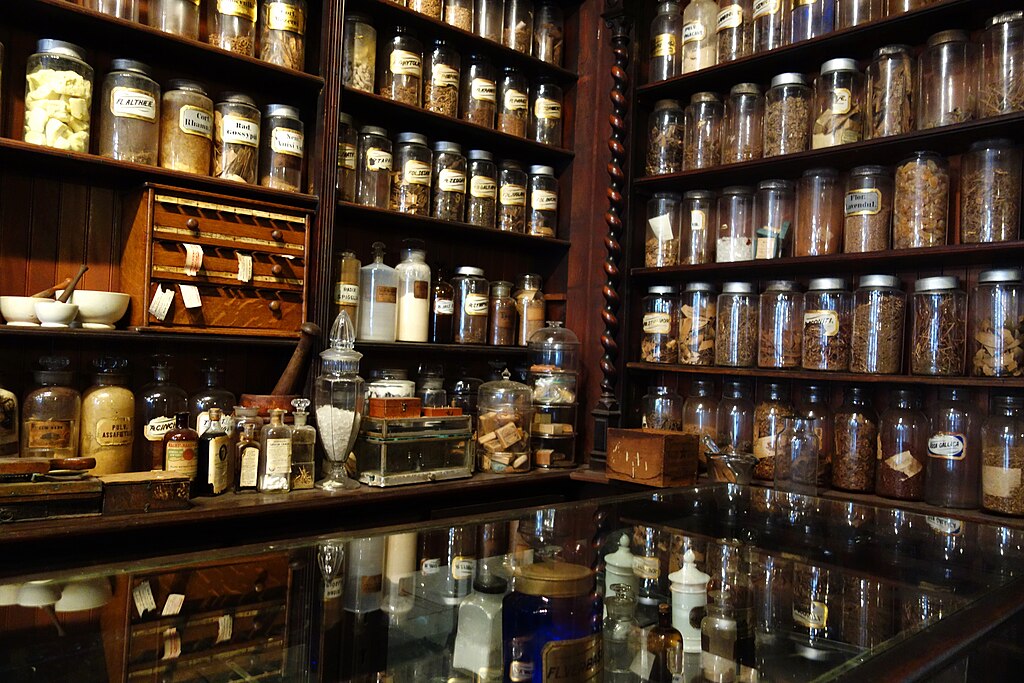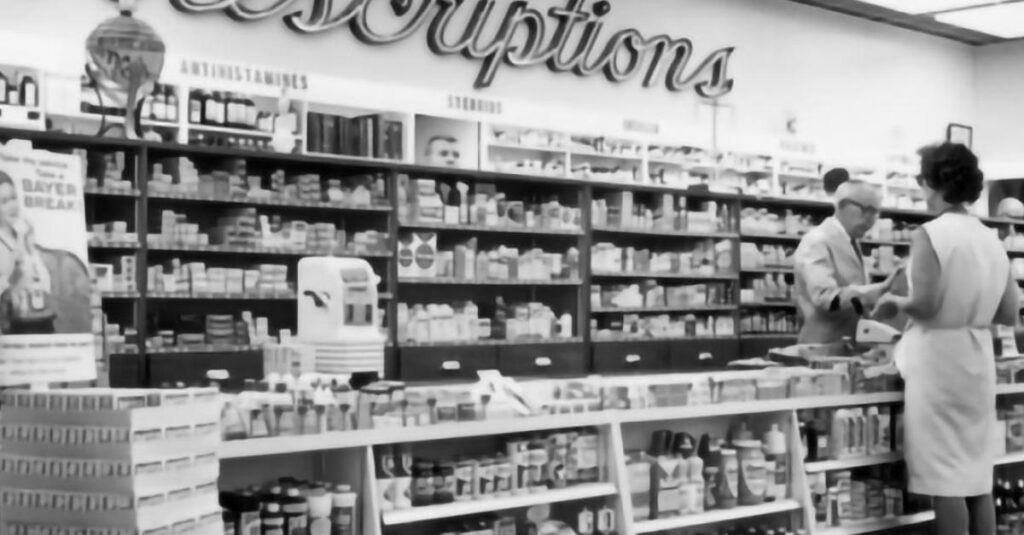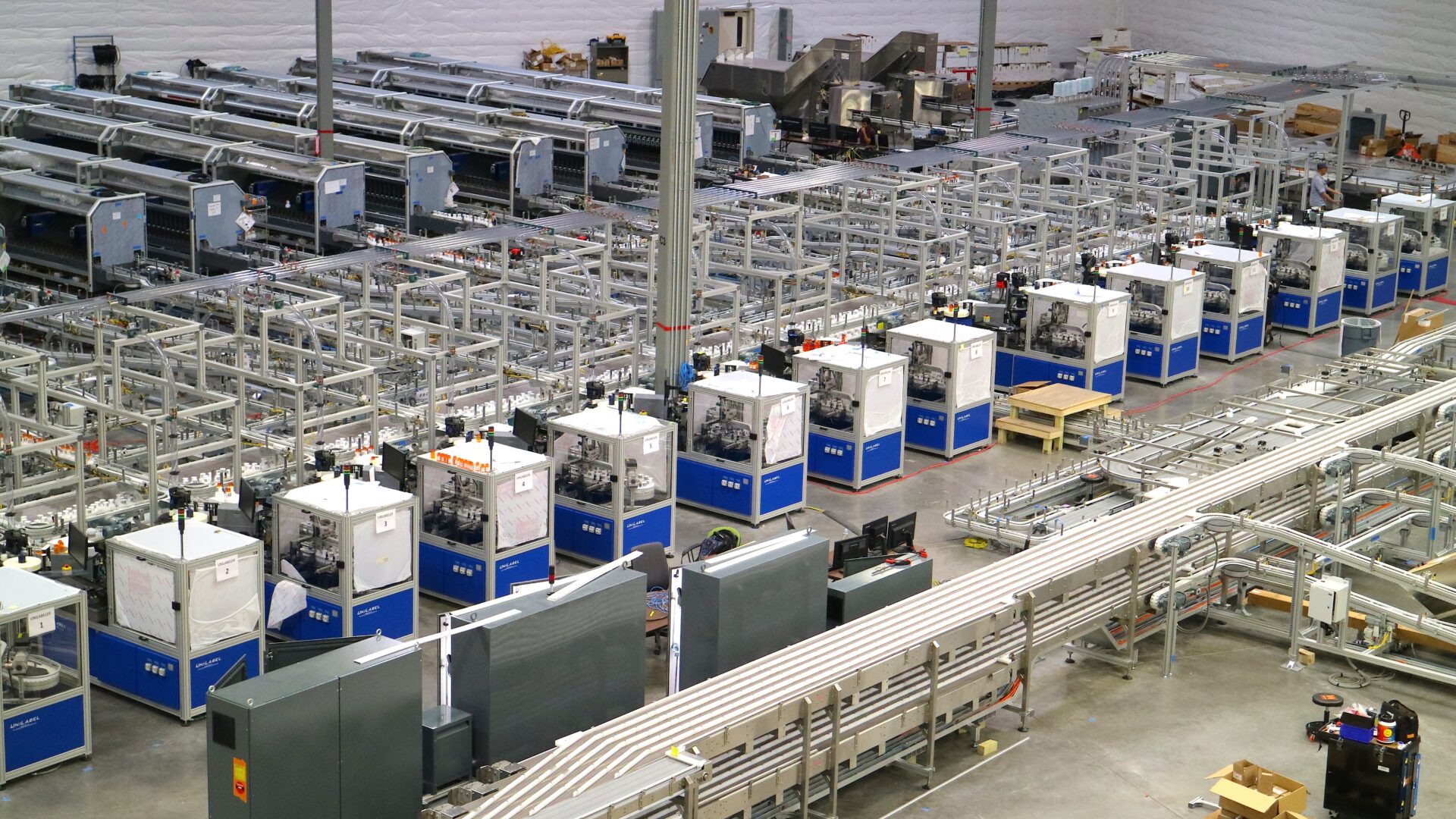The prescription filling process has transformed from a manual and artisanal craft to a highly automated and precise operation. It’s been an ever-evolving process to enhance patient safety, improve delivery, and optimize pharmacy operational workflows.
Early Pharmacy Practices
Some forms of prescription filling can be traced back to ancient history. Still, it first started to resemble what we have today during the medieval and Renaissance periods, where the role of the apothecary became more formalized. Apothecaries operated shops that compounded and dispensed medications, often preparing remedies from complex recipes. They used various tools, including mortar and pestle, scales, and weights, to ensure precise measurements. The establishment of apothecary guilds and the publication of pharmacopeias—official lists of medicinal preparations—standardized practices and improved the quality and consistency of medications.
Industrialization and Standardization
The 19th century brought significant changes with the advent of industrialization. Advances in chemistry and pharmacology led to the development of synthetic drugs and standardized formulations. In 1841, the Royal Pharmaceutical Society of Great Britain was established, marking a significant step towards professionalizing the pharmacy field and setting standards for practice. Pharmaceutical companies then began mass-producing medications, reducing the need for individual compounding by apothecaries, and the invention of the modern pill press in the late 19th century revolutionized the production of drugs, making it possible to mass-produce uniform tablets. This process ensured consistent dosages for patients. Pharmacists continued to play a crucial role in dispensing medications and providing patient care. The establishment of professional organizations and the introduction of formal education and training programs further elevated pharmacy practice.

The Manual Era of Prescription Filling
In the early 20th century, prescription filling remained a meticulous, hands-on process. Pharmacists still compounded many medications by hand, using mortar and pestle (now iconic symbols of pharmacy), scales, and various raw ingredients. This artisanal approach required extensive knowledge of pharmacology and a high degree of precision to ensure the correct formulation and dosage of medications.
The mid-20th century saw the introduction of mechanical aids that began to ease pharmacists’ manual burden. Pill counters and basic dispensing machines started to appear in pharmacies, marking the beginning of a shift towards more efficient processes. These innovations improved accuracy and allowed pharmacists to serve more patients without compromising the quality of care.
By the late 20th century, digital technologies began reshaping pharmacy operations by integrating electronic health records (EHR), digital inventory systems, and computer-aided dispensing technologies. Digital inventory systems streamlined stock management, ensuring that pharmacies could maintain optimal medication levels and reduce waste.

The Rise of Robotics and Automation
The 21st century accelerated this transformation by introducing robotics and artificial intelligence. Automated dispensing systems, such as robotic pill dispensers, began to take on tasks once performed manually. These systems increased the precision of dispensing medications and optimized logistical operations like inventory forecasting. Robotic systems could handle thousands of prescriptions daily, dramatically improving efficiency and reducing the risk of human error.
Today’s on-demand automation systems represent the pinnacle of pharmacy technology, showcasing seamless, continuous prescription processing with minimal human intervention. These advanced systems ensure dynamic resource allocation, reducing downtime and transforming pharmacy workflows into high-efficiency production lines. This setup speeds up service and enhances patient care quality by allowing pharmacists to focus more on patient interactions rather than mundane tasks.
CMCO Precision Conveyance and the Future of Automated Prescription Filling
The CMCO Precision Conveyance team with Garvey, Dorner, and montratec is at the forefront of this technological revolution. These industry leaders have developed cutting-edge solutions that are redefining the standards for on-demand prescription filling.
Garvey’s Distribution System has revolutionized automated prescription filling by transferring bottles from mass flow to parallel stations with no wait time. The metering systems typically used to move bottles from a mass flow to parallel work like a series of traffic lights — they have to stop at every station before moving to the next one. Our on-demand distribution systems work like a superhighway — the bottles circulate until they encounter an empty machine. This design guarantees that no machine is sitting idle when it could be processing products. In addition, if the machine at one station goes down, the rest of the system can continue working.
Dorner’s FlexMove conveyors feature a low profile frame and innovative, flexible chain belt capable of multiple curves and inclines on the same line. This system is our most customizable conveyor and is available in a wide range of configurations to meet the unique needs of your facility and product.
FlexMove conveyors are ideal for automated prescription filling as they were designed for:
- Integration with robotics
- Accumulation and buffering
- Product indexing, sorting, and inspection
montratec brings its state-of-the-art monorail conveyor systems into the mix, providing unparalleled flexibility and efficiency. Their intelligent, autonomous shuttles move along a modular track system, ensuring that each prescription is delivered to the right place at the right time. montratec’s solutions are designed to integrate seamlessly with existing pharmacy systems, enabling real-time tracking and dynamic routing to optimize workflow. This technology reduces bottlenecks and maximizes throughput, ensuring that pharmacies can meet increasing demands with precision and speed.
Together, these companies form a powerhouse of innovation, leading the way in transforming pharmacy workflows into high-efficiency production lines.




